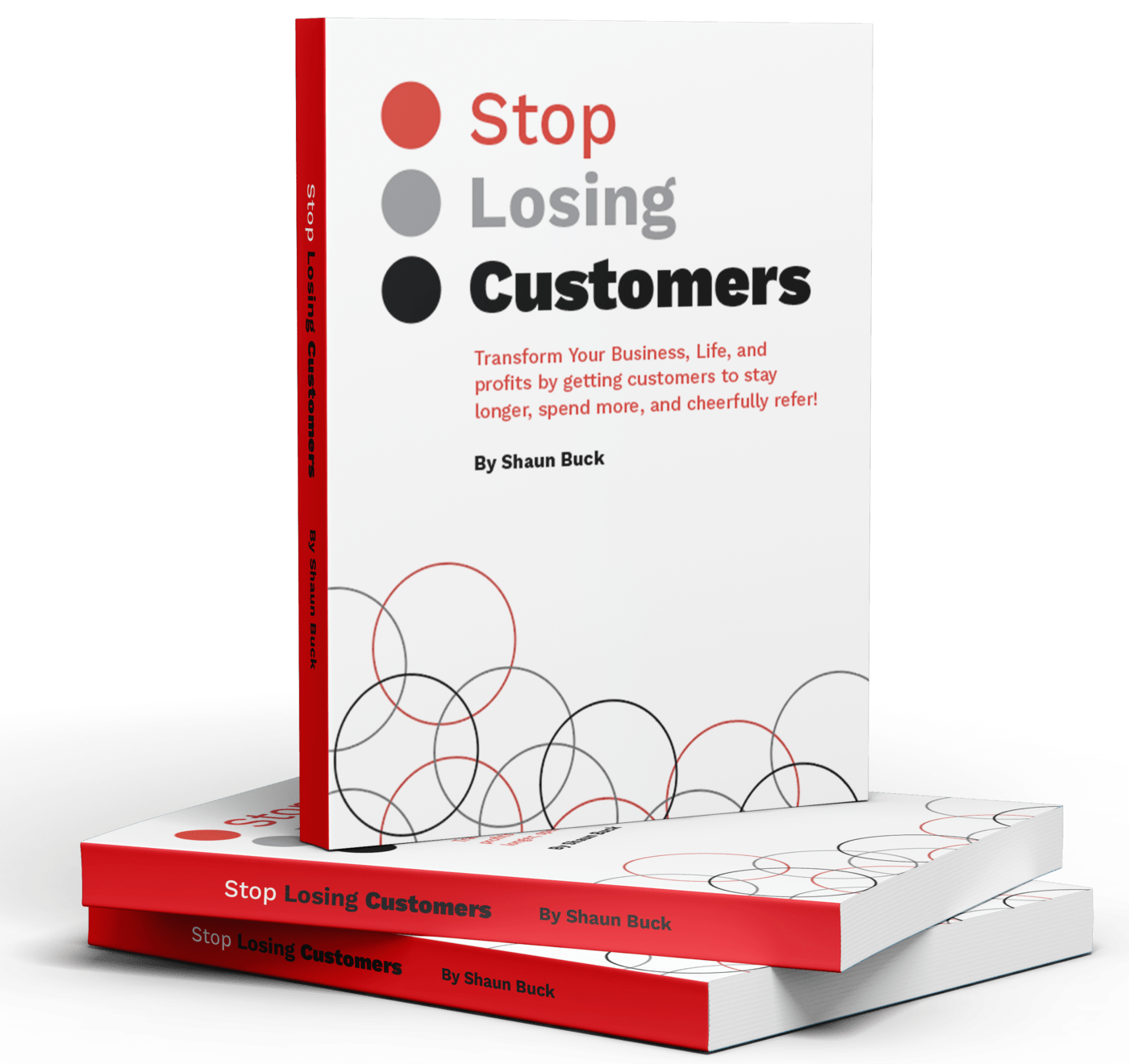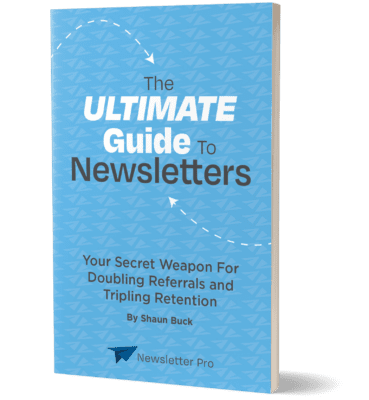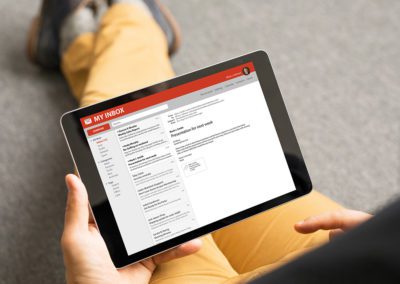Integrating blog content into your email newsletters offers several advantages. It allows you to repurpose existing content, maintaining a consistent message across different platforms. By integrating blog content, you are ensuring that your message remains unified, which helps in building a stronger brand presence. Consistent messaging is crucial in establishing trust and reliability with your audience, making them more likely to engage with your content across multiple channels.
Moreover, email newsletters provide a direct line to your audience, making it easier to deliver content without the noise of social media or the need for readers to visit your website directly. This direct delivery method can increase the likelihood of your content being seen and appreciated. When your audience receives valuable information directly in their inbox, it reinforces your brand’s authority and keeps your business top of mind.
Boosting Subscriber Engagement
Using blog content in your emails can significantly increase subscriber engagement. Subscribers are more likely to open and read emails that contain content they find valuable and relevant. By providing insightful blog snippets in your newsletter, you entice subscribers to click through to read the full article, boosting traffic to your website. This increased engagement can also lead to higher retention rates, as subscribers find continuous value in your emails.
Additionally, when subscribers engage with your content, they are more likely to share it with their networks, amplifying your reach. Encouraging this behavior by including shareable blog content can transform your subscribers into brand advocates. This not only expands your audience but also creates a community around your brand, fostering a sense of belonging and loyalty among your subscribers.
Enhancing Content Reach
Repurposing blog posts for email newsletters extends the lifespan of your content. It gives your blog posts a second chance to be seen by those who may have missed them on your website. This increased visibility can lead to more shares, comments, and overall engagement with your content. By reaching different segments of your audience through various channels, you maximize the potential impact of each piece of content you create.
Moreover, email allows for a more personalized approach to content distribution. By segmenting your email list, you can tailor which blog posts are shared with specific audience groups, further enhancing relevance and engagement. This targeted approach ensures that each subscriber receives content that is most relevant to their interests and needs, increasing the likelihood of interaction and conversion.

How to Choose the Right Blog Content
Choosing the right blog content for your email newsletters is crucial. Not every blog post will be suitable for your email audience. Here’s how to select the most appropriate content:
Relevance and Timeliness
Select blog posts that are relevant to your subscribers’ interests and current events. Timely content that resonates with what’s happening in your industry or the world will likely capture your readers’ attention. By aligning your content with current trends or issues, you can position your brand as a thought leader who is in tune with the market.
Additionally, consider the lifecycle of the content. Timely posts that address current challenges or opportunities can provide immediate value, while evergreen content can offer long-term relevance. Balancing these types of content ensures that your newsletters remain both timely and enduring, catering to the evolving needs of your audience.
High-Performing Content
Look for blog posts that have already performed well on your website. High-performing content is a good indicator of what your audience values, making it an ideal choice for your email newsletter. By analyzing metrics such as page views, time on page, and social shares, you can identify which posts have resonated most with your audience.
Furthermore, leveraging high-performing content in your newsletters can help reinforce its success by reaching a broader audience. This strategy not only boosts engagement but also enhances your content’s longevity, as it continues to provide value and generate interest over time.
Evergreen Content
Evergreen content remains relevant over time and can be shared repeatedly without losing its value. Including evergreen blog posts in your newsletter ensures that your subscribers receive timeless information that continues to be useful. This type of content can serve as a valuable resource for your audience, providing consistent engagement opportunities.
In addition, evergreen content can be easily updated with new information, making it a versatile choice for newsletters. By periodically refreshing and re-promoting this content, you can maintain its relevance and keep your audience engaged with the latest insights and developments.
Crafting Your Email Newsletter
Now that you’ve chosen the right blog content, it’s time to craft your email newsletter. Here are some tips for creating an engaging and effective email newsletter:
Attention-Grabbing Subject Lines
The subject line is the first thing your subscribers see. Make it compelling and intriguing to encourage them to open the email. Use action verbs and highlight the value they will gain by reading your email. A well-crafted subject line can make the difference between an email being opened or ignored, so it’s essential to make it count.
Additionally, consider testing different subject lines to see which ones perform best with your audience. A/B testing can provide valuable insights into what resonates with your subscribers, allowing you to refine your approach and improve open rates over time.
Engaging Preheader Text
The preheader text, or the snippet of text that follows the subject line, should complement the subject line and provide additional context. It acts as a second chance to grab your subscriber’s attention. Crafting a preheader text that teases the content of your newsletter can entice readers to open the email and explore further.
Moreover, ensure that your preheader text is optimized for mobile devices, as it often appears alongside the subject line in mobile inboxes. Clear and concise preheader text can enhance your email’s visibility and effectiveness, making it a crucial component of your overall strategy.
Compelling Snippets
Use short, engaging snippets from your blog posts to pique interest. These snippets should be carefully chosen to entice readers to click through to your website for the full article. Highlight key insights or intriguing questions that encourage readers to learn more about the topic.
Furthermore, consider using a conversational tone in your snippets to create a more personalized and relatable experience for your subscribers. By addressing your audience directly and using language that resonates with them, you can foster a deeper connection and encourage ongoing engagement.
Clear Call-to-Action (CTA)
Include a clear and concise call-to-action that directs subscribers to read the full blog post. Use action-oriented language to encourage clicks, such as “Read More,” “Discover the Full Story,” or “Continue Reading.” A strong CTA not only guides your audience to the next step but also reinforces the value of engaging with your content.
In addition, consider the placement and design of your CTA to ensure it stands out within your email. By using contrasting colors and bold text, you can make your CTA more visually appealing and increase the likelihood of conversions.
Designing Your Newsletter for Success
Design plays a crucial role in the effectiveness of your email newsletter. A well-designed newsletter can enhance readability and engagement. Here are some design tips to consider:
Mobile Responsiveness
Ensure that your newsletter is mobile-friendly, as a significant portion of your audience will likely view it on their mobile devices. Responsive design ensures that your content looks great on screens of all sizes. This adaptability is essential in today’s mobile-first world, where users expect seamless experiences across devices.
Moreover, a mobile-responsive design can improve user experience by reducing load times and enhancing navigation. By prioritizing mobile optimization, you can cater to the preferences and behaviors of your audience, leading to higher engagement and satisfaction.
Visual Elements
Incorporate visuals such as images, infographics, or videos to break up text and make your email more visually appealing. Visuals can also help convey your message more effectively and keep readers engaged. By using relevant and high-quality images, you can enhance the storytelling aspect of your content and create a more immersive experience.
Additionally, consider using consistent visual styles that align with your brand identity. This consistency not only reinforces your brand but also creates a cohesive and professional look that resonates with your audience.
Consistent Branding
Maintain consistent branding throughout your email newsletter. Use your brand’s colors, fonts, and logo to reinforce brand recognition and create a cohesive experience for your subscribers. Consistent branding helps establish trust and familiarity with your audience, making them more likely to engage with your content.
Furthermore, consider incorporating elements of your brand’s personality and voice in your newsletter design. By infusing your brand’s unique character into your emails, you can create a more memorable and engaging experience for your subscribers.

Measuring the Success of Your Newsletter
To determine the effectiveness of your email newsletters, it’s important to track key metrics. Here are some metrics to monitor:
Open Rates
The open rate indicates how many subscribers opened your email. A high open rate suggests that your subject line and preheader text were effective in capturing attention. Monitoring open rates over time can provide insights into your audience’s preferences and help you refine your strategy.
Additionally, consider segmenting your audience to analyze open rates across different demographics or interests. This segmentation can help you tailor your content and messaging to better meet the needs of specific audience groups, improving engagement and satisfaction.
Click-Through Rates (CTR)
The CTR measures how many subscribers clicked on the links within your email. A high CTR indicates that your content and call-to-action were compelling. By analyzing CTRs, you can identify which content resonates most with your audience and optimize your newsletters for better performance.
Moreover, consider experimenting with different types of content or CTAs to see what drives the most clicks. This experimentation can provide valuable insights into your audience’s preferences and help you create more effective email campaigns.
Conversion Rates
Conversion rates measure how many subscribers took a desired action after clicking through to your website. This could include reading the full blog post, signing up for a webinar, or making a purchase. Tracking conversion rates can help you assess the overall effectiveness of your email marketing efforts and identify areas for improvement.
In addition, consider setting specific goals for each campaign to better measure success. By aligning your metrics with your objectives, you can gain a clearer understanding of your performance and make data-driven decisions to enhance your strategy.
Feedback and Engagement
Encourage subscribers to provide feedback or engage with your content by asking questions or prompting them to share their thoughts. This engagement can provide valuable insights into what your audience values. By fostering a dialogue with your subscribers, you can build stronger relationships and create a more engaged community.
Furthermore, consider incorporating interactive elements such as polls or surveys to gather feedback and encourage participation. These interactive features not only enhance engagement but also provide you with valuable data to inform your content and marketing strategies.
Conclusion
Leveraging blog content in your email newsletter is a powerful strategy to enhance engagement and extend the reach of your content. By choosing the right content, crafting compelling emails, and measuring success, you can create a newsletter that resonates with your audience and drives meaningful results. Implement these strategies today to elevate your email marketing efforts and keep your subscribers engaged and informed.
As you continue to refine your approach, remember that the key to successful email marketing lies in delivering value and building relationships with your audience. By staying attuned to their needs and preferences, you can create a lasting impact and foster long-term loyalty. Embrace the potential of your blog content and watch as your email newsletters become a vital tool in your marketing arsenal.
Ready to Elevate Your Email Marketing?
If you’re looking to create high-quality newsletters that engage your audience and drive results, contact Newsletter Pro today! Our team of experts is dedicated to helping you craft compelling email campaigns that resonate with your subscribers. Don’t miss out on the opportunity to enhance your email marketing strategy—reach out to us now and let’s get started!






